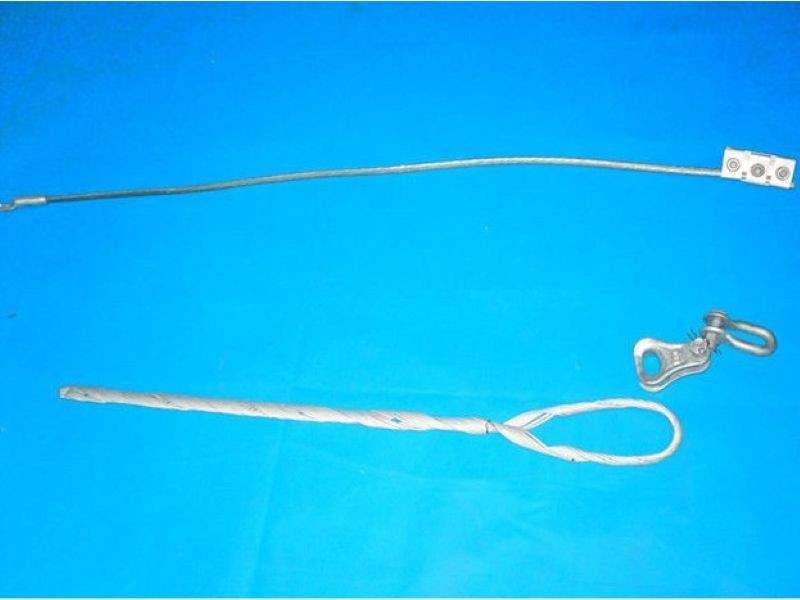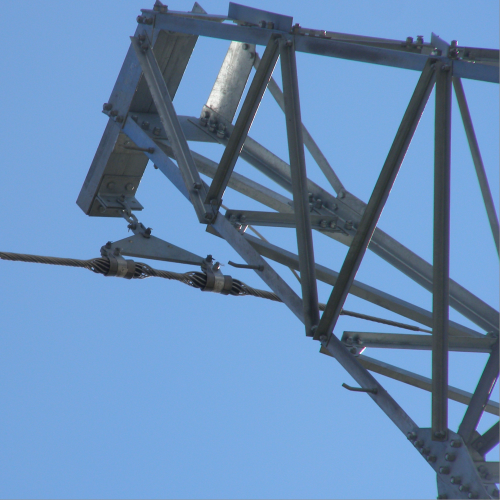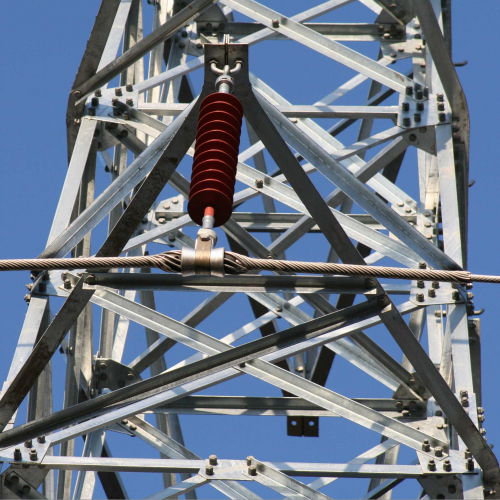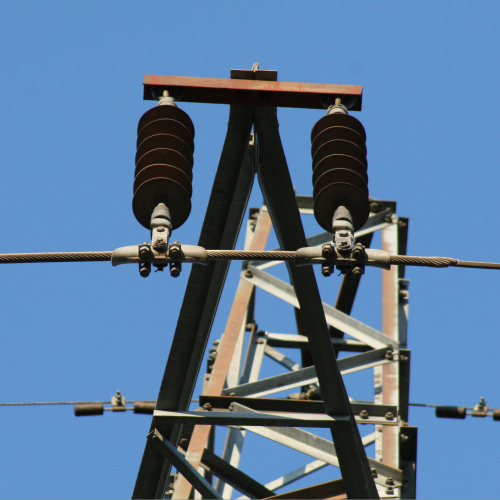Grounding wire clamp has an important role in introducing fault current, static electricity, etc. into the earth, and can also ensure the safe operation of equipment and the safety of personnel's lives. However, in actual use, the grounding wire clamp often has various failures due to improper installation and maintenance. This article will introduce you in detail.
Excessive grounding resistance is one of the most common faults of grounding wire clamp. Excessive grounding resistance means that the resistance value of the grounding device exceeds the national or industry standards. The causes of this failure mainly include the deterioration of soil conditions, such as long-term drought or the mixing of sand, gravel, construction waste and other poorly conductive substances in the soil, resulting in an increase in soil resistivity. Or the grounding body is severely corroded, and the metal grounding pole gradually corrodes in a humid and salt spray environment, and the cross-section decreases or even breaks, resulting in a decrease in electrical conductivity. As well as the insufficient burial depth of the grounding body, part of the construction buried the grounding body in the shallow surface soil in order to save costs, which was easily affected by the climate and the resistance value was unstable.

Grounding wire clamp disconnection or virtual connection is also one of the more common faults of grounding wire clamp. Grounding wire clamp disconnection refers to the complete disconnection of the line and the inability to form a conductive circuit. The virtual connection is poor contact and the resistance value is suddenly large and small. The common manifestation of such failures is that when the equipment shell is charged, the leakage protector does not operate, and when the grounding wire clamp conductivity is measured with a multimeter, it shows circuit breakage or abnormal resistance fluctuations. The cause of the failure may be mechanical damage, that is, the grounding wire clamp is crushed, pulled, or bitten by mice, termites, etc. during the laying process, causing the wire to break. Or the connection point is improperly handled, the terminal crimping is not firm, the terminal is oxidized and rusty, and the wire and the terminal material do not match, forming an oxide layer to hinder current conduction. As well as incorrect wire selection, the use of wires with too small cross-sectional area, heat generation and fuse after passing through the current for a long time, and insufficient flexibility of the wires, which break after repeated bending.
Common faults include misconnection or misconnection of the grounding wire clamp. Such faults are human operation errors. Although they have nothing to do with the quality of the line itself, they are very harmful. A typical case of such a failure is to connect the grounding wire clamp to the zero wire instead of a dedicated ground pole. Once the zero wire is disconnected, the housing of the equipment will be charged. And when multiple groups of equipment share the grounding wire clamp, they are not connected in parallel, but in series. Disconnection of a certain contact will cause subsequent equipment to lose ground protection.
The prevention of grounding wire clamp failure should start from three aspects, including reasonable selection according to environmental conditions and clear grounding resistance requirements. Strictly abide by the specifications during construction to ensure that the connection is firm and the anticorrosion is in place. During daily maintenance, the grounding resistance should also be measured regularly, the status of the connection points should be checked, and corrosion, loosening and other problems should be dealt with in a timely manner. Only in this way can the grounding system always be in an effective working state and play the role of safety protection.




